How to tell if your vegetables are ready to harvest — garden pros share the top signs
There's more to it than relying on calendar dates
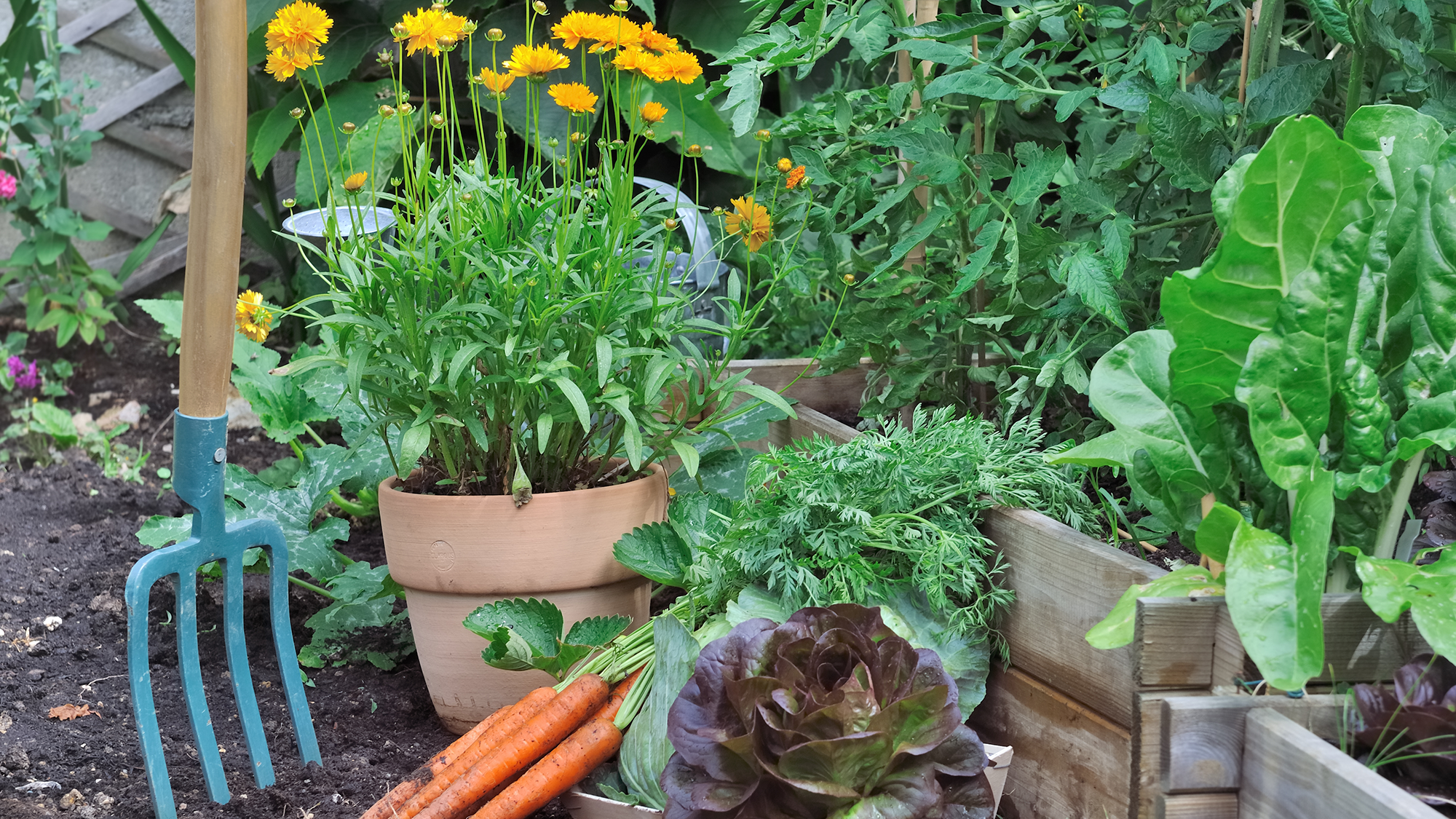
Anyone who grows their own fruit and vegetables will know that it takes time and commitment to produce a crop. Growing your own is not a five-minute wonder that results in a quick reward. Apart from seeds, sunlight, good soil, and plenty of water, it takes real dedication to grow and nurture a homegrown harvest.
So after all of that hard work, you’re going to want to pick your crop at the optimum time to ensure you enjoy your vegetables at their most flavorsome. But the time you choose to harvest your vegetables can make all the difference between tender and tasty produce or a tough, flavorless harvest.
With the help of garden experts, I’ve gathered some top tips to help you harvest your vegetables at the best time.
What signs should you look for?
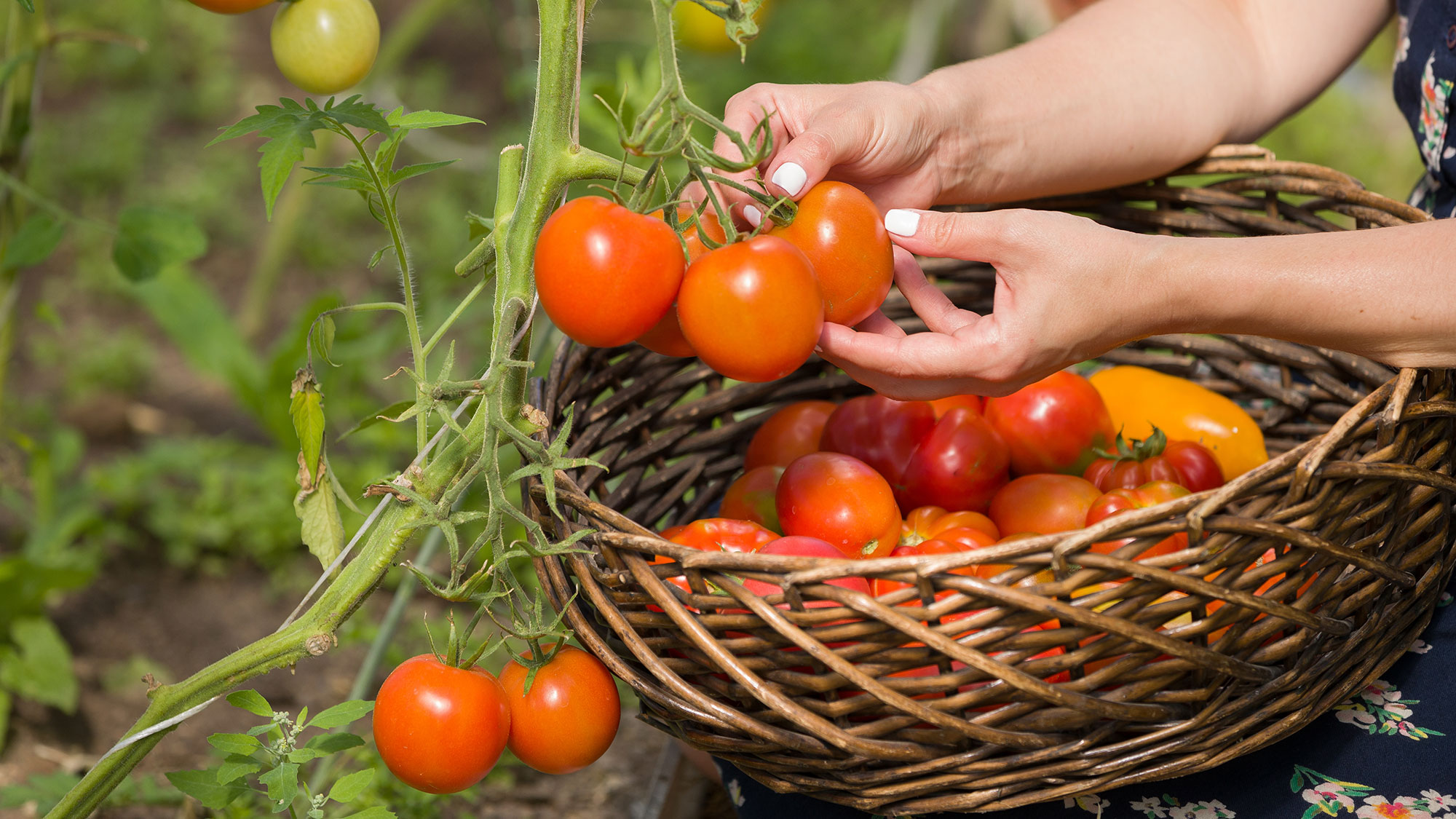
“The best way to determine if your vegetables are truly ready to harvest is by looking at them and, most importantly, tasting them,” says Nastya Vasylchyshyna, resident botany expert at Plantum. “Calendar dates are merely a guide, as crop growth depends on several critical factors that can speed up or slow down ripening.”
Before harvesting fruits like tomatoes, peppers, cucumbers, and eggplants, Vasylchyshyna suggests checking their color and size first. “Look at the seed packet when you buy your seeds or seedlings to learn what to expect. If the visual cues align with your expectations, pick one or two fruits, smell them, and taste them,” she says.
The best way to determine if your vegetables are truly ready to harvest is by looking at them and, most importantly, tasting them.
“Ripe fruits will be juicy, aromatic, and full-flavored, with firm skin. If the fruits are still too firm, lack a strong aroma, or have a faint flavor, it’s too early to harvest,” she adds.
However, soft, cracked, spotted, or unpleasant-smelling fruit will be overripe. To ensure you pick your vegetables at the optimum time, she recommends checking them every couple of days leading up to the estimated harvest time.
Get instant access to breaking news, the hottest reviews, great deals and helpful tips.
What about root vegetables?
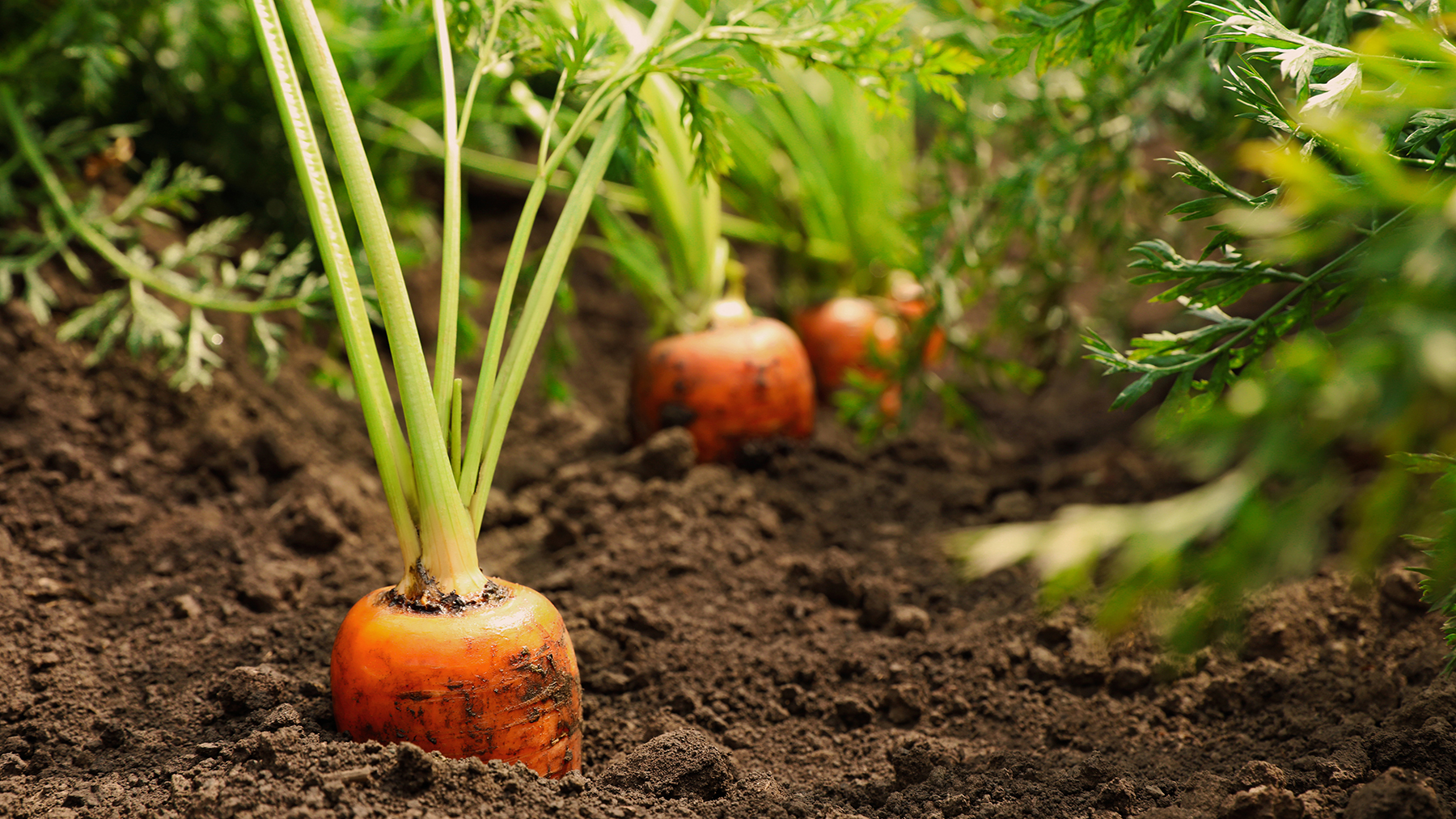
As root vegetables are below the soil, you won’t be able to follow the same process, although there are other signs you can look out for. Vasylchyshyna says they can be assessed by the yellowing and wilting of their lower leaves and by the size of the top of the root showing above the soil. “A ripe root vegetable should be within the expected size range (indicated on the seed packet), firm, not watery, and not shriveled,” she explains.
Environmental factors play a part
Sunlight, soil fertility, and drainage have an impact on how quickly vegetables mature, as well as the USDA hardiness zone in which the vegetable is grown. “If you plant in a warm, sunny spot, vegetables usually grow faster and are ready to pick sooner, whilst in cooler places, they might take longer to mature,” explains Julian Palphramand, Head of Plants at British Garden Centres.
Good soil helps a lot, too. “If the soil is rich and healthy, your plants will grow strong and produce better vegetables. Poor or heavy soil can slow things down, making plants smaller or taking longer to ripen,” Palphramand adds.
The weather also plays its part. “Hot, dry weather can accelerate ripening but may affect flavor, while excessive rain can swell fruits and cause splitting,” says Chris Ramos, gardening expert at Blain’s Farm & Fleet.
To overcome the problem of dry spells, Palphramand advises keeping plants watered and feeding them well during this time, which will encourage steady growth so they are ready to harvest right on schedule.
The pick of the crop
Here, the garden pros give their top tips on the signs to look for when harvesting these key seasonal vegetables.
Although Ramos says that many summer and early-fall vegetables are nearing harvest, he adds that the perfect picking time will depend on your planting schedule.
1. Beans
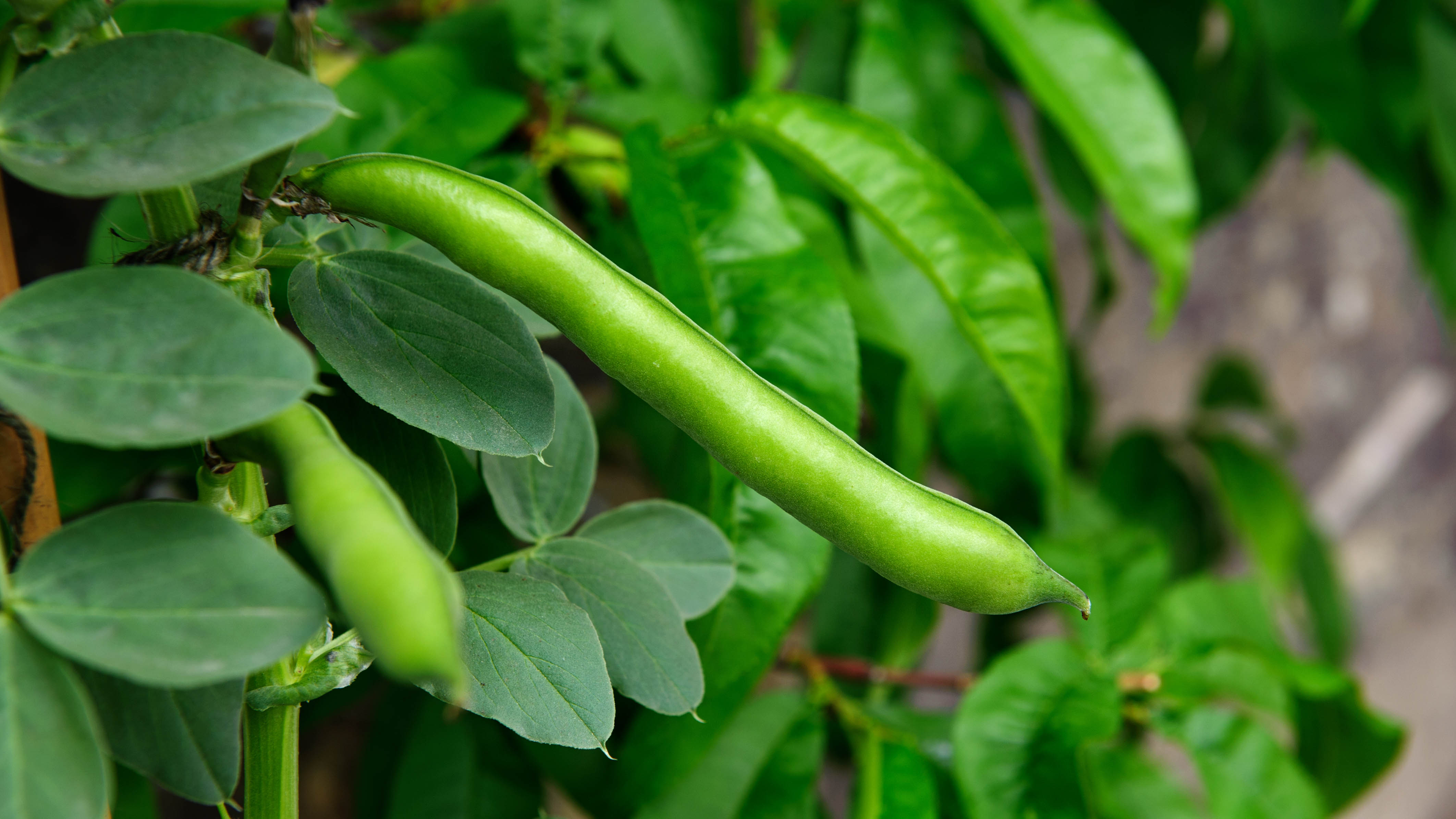
“Look for beans that are nice and plump but not bulging out of their pods,” recommends Palphramand.
Harvesting your beans will also encourage the plant to produce more. If a bean snaps easily when you break it in half it’s a sign that its tender and ready to harvest.
2. Carrots
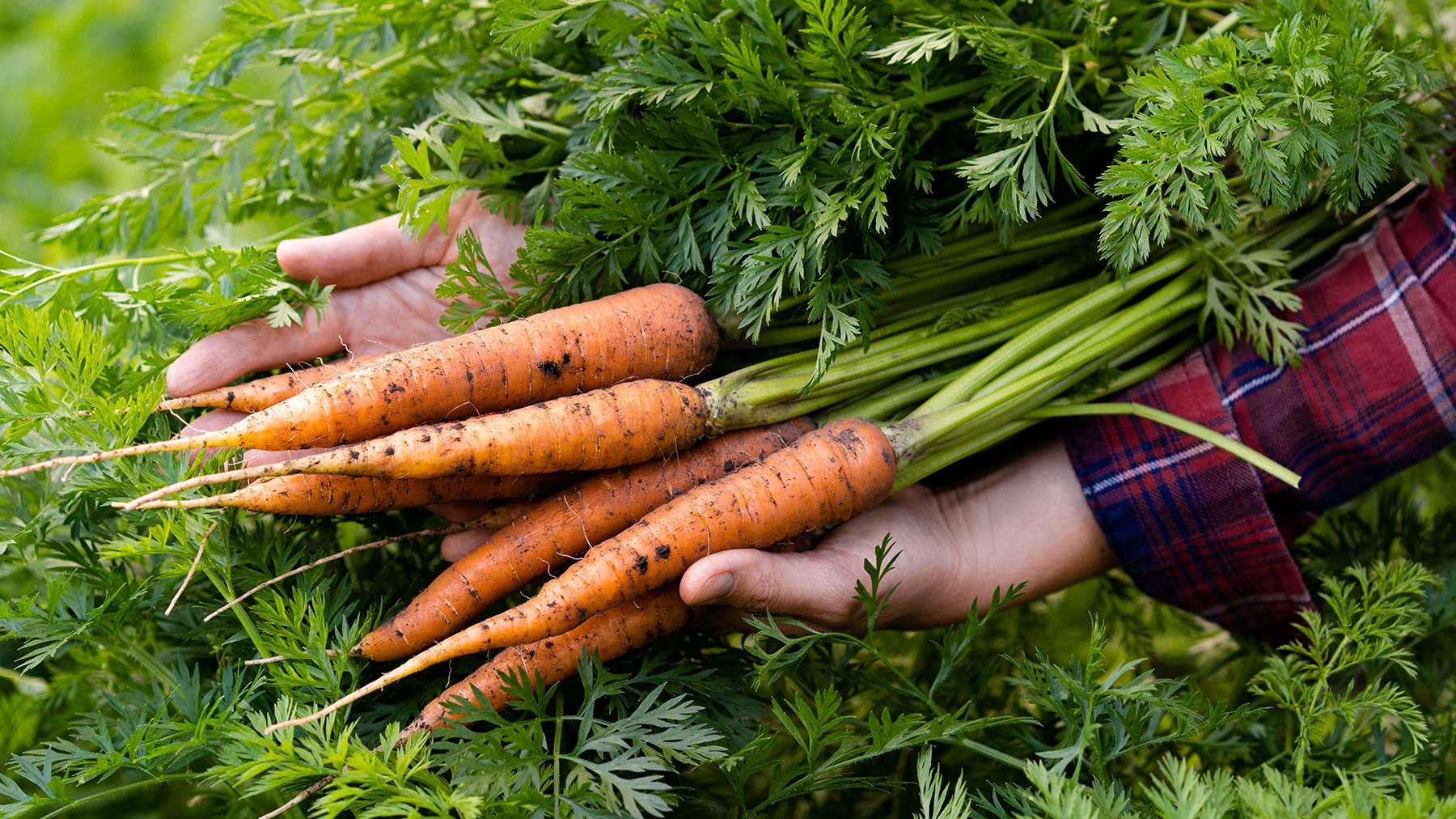
Carrots are ready when their tops have grown thick, and you can see a bit of the root above the soil. Another sign is when the leaves turn yellow and fall off.
Palphramand says they should feel somewhere between the diameter of a golf ball and a tennis ball.
“Before you pull up the whole crop, it’s a good idea to harvest a couple of carrots first. Inspect them, and most importantly, give them a taste,” says Vasylchyshyna. “A perfectly ripe carrot will be crunchy and juicy.
If the carrots you pull are small and flavorless, they're not quite ready, and she recommends giving them another two weeks in the ground.
3. Cucumbers
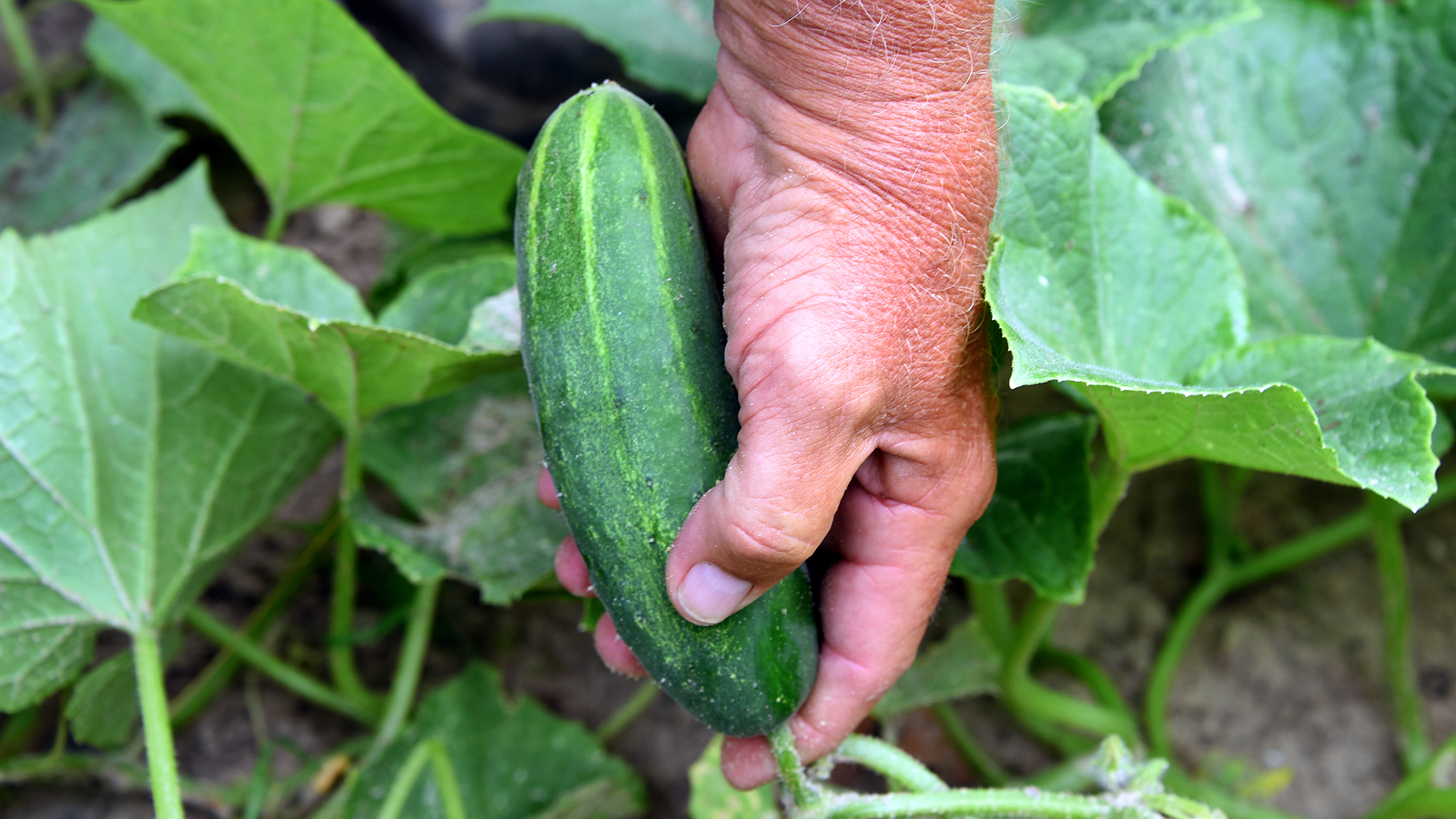
“Ripe cucumbers should be firm, deep green, and have almost no visible imperfections on their skin,” says Vasylchyshyna.
But she does warn that some cultivars may ripen to a different color, so always check your specific variety. They also ripen quickly, so keep a close eye on your crop, otherwise you could end up with an overripe cucumber.
If a cucumber has been left too long it will have a pale yellow hue, and the skin will show defects, feel soft, and may even become curved.
4. Lettuce
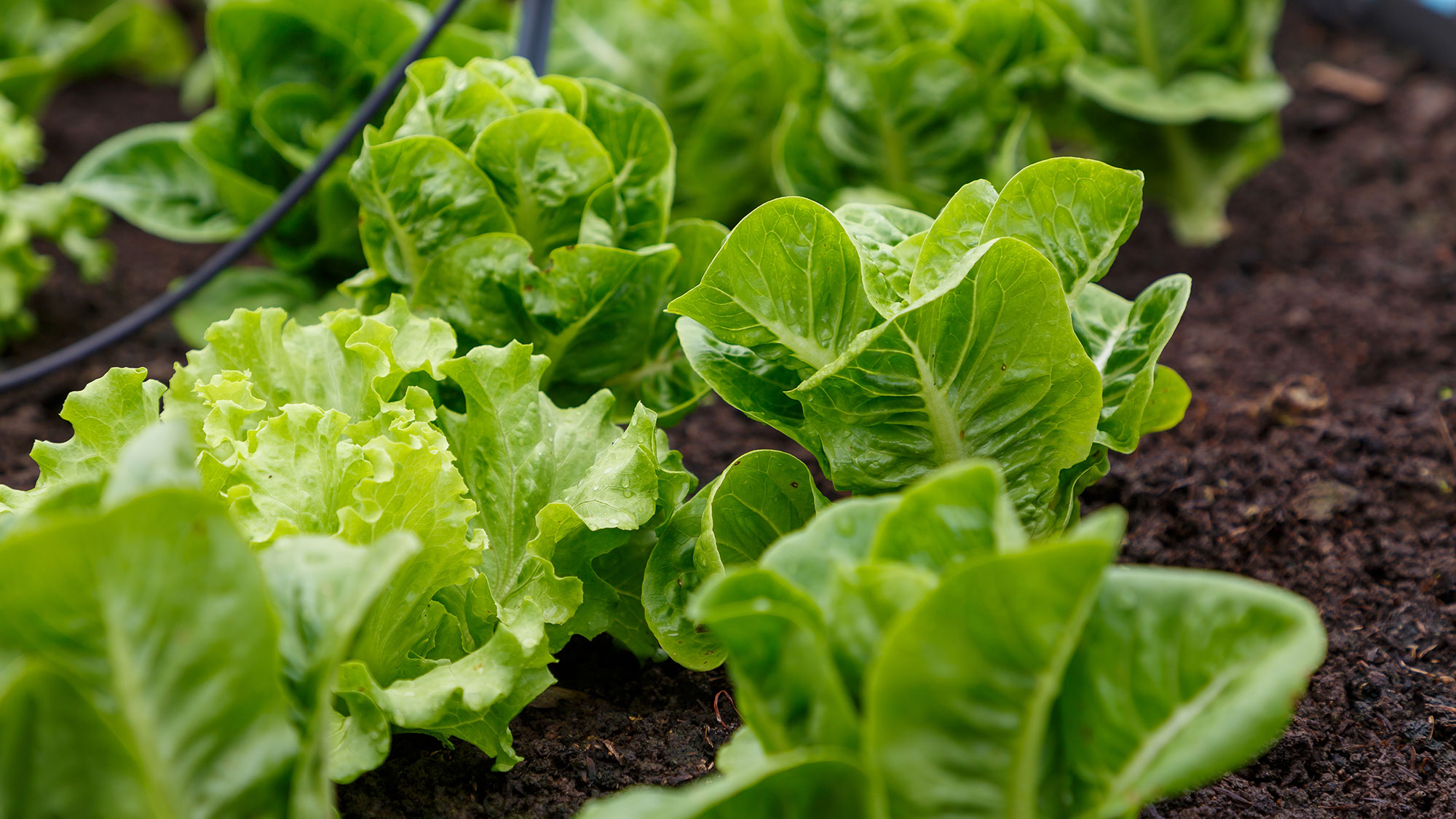
Palphramand recommends picking lettuce leaves when they’re big enough to use but still tender. “It’s best to harvest the outer leaves first, leaving the centre to keep growing,” he says, and adds, “Don’t wait too long, or your lettuce will bolt (send up a flower stem) and taste bitter.”
5. Peppers
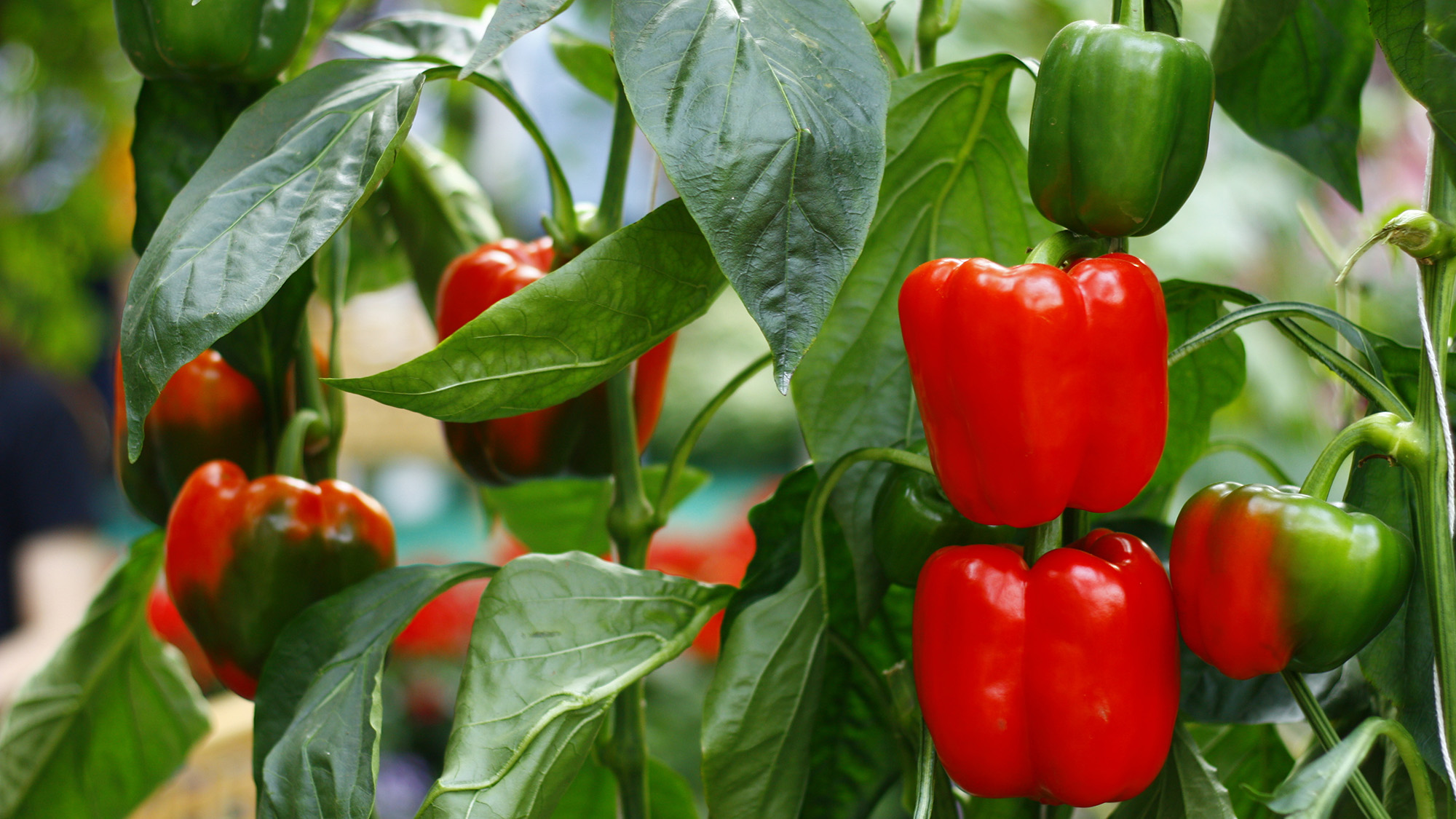
Whatever their color — green, red, yellow, or orange — peppers should be picked when they are firm and fully colored. “If they’re still pale or soft, give them a little longer,” says Palphramand.
For the best crunch and sweetness, he suggests picking them before they start to wrinkle.
These garden gloves are made of nylon and nitrile and come in three sizes — small, medium and large. They offer excellent non-slip properties, are comfortable around the wrist, breathable and machine washable. At Tom's Guide, we recommend them as the best overall gardening glove.
6. Potatoes
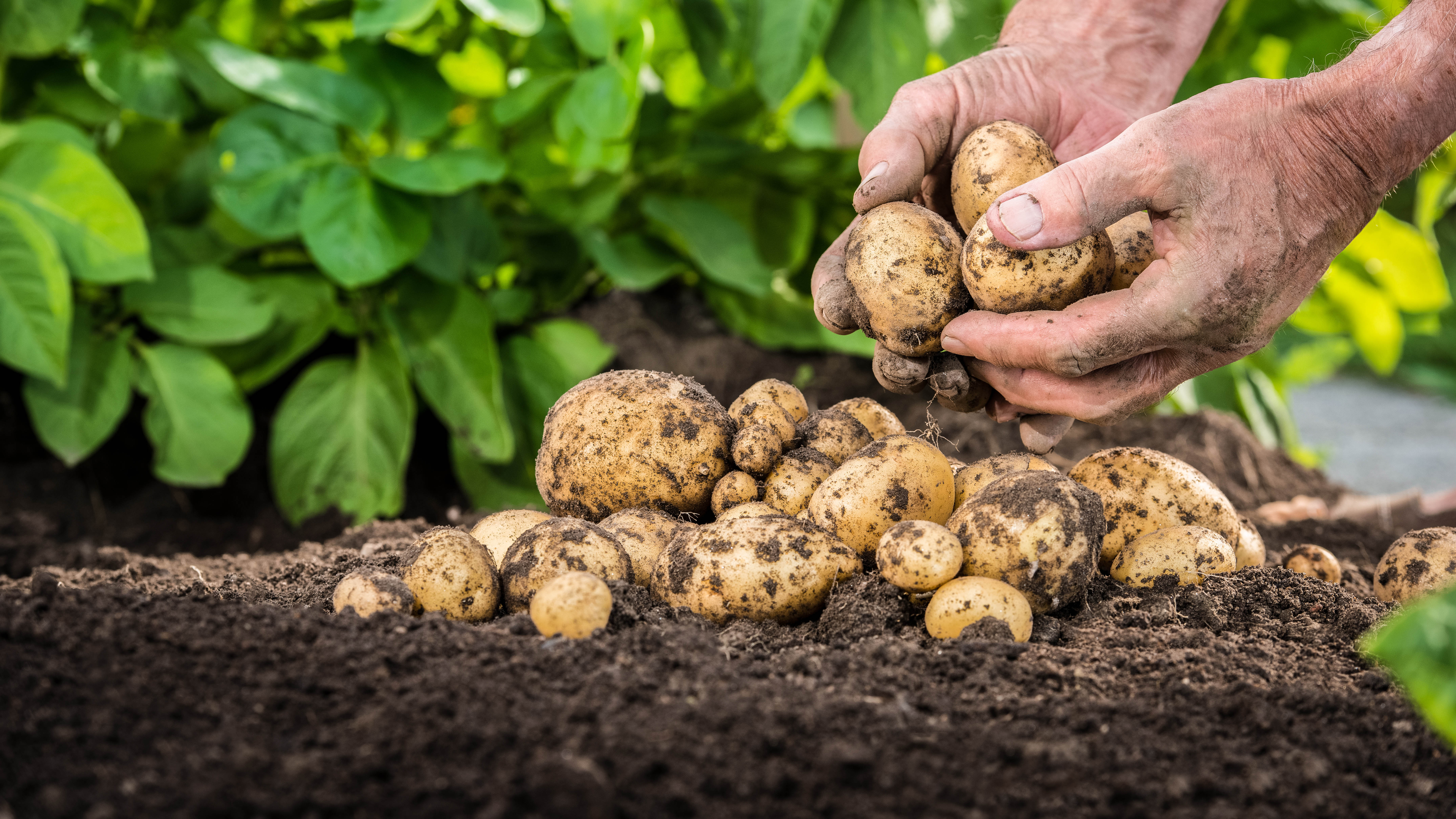
Check the condition of the plant above the ground. When about half of the leaves and stems start to turn yellow, brown, and dry out, Vasylchyshyna says it’s time to dig them up.
She recommends harvesting a couple of tubers and checking on their size before uprooting the whole crop. Alternatively, leave them for 7-10 days until the plants above ground have completely dried out.
And she adds, “The key is not to leave the potatoes too long in the ground to prevent them from shriveling and sprouting again.”
Good to know
Potatoes can be harvested while still young, so don’t worry if you pull up a couple of plants too early.
7. Sweetcorn
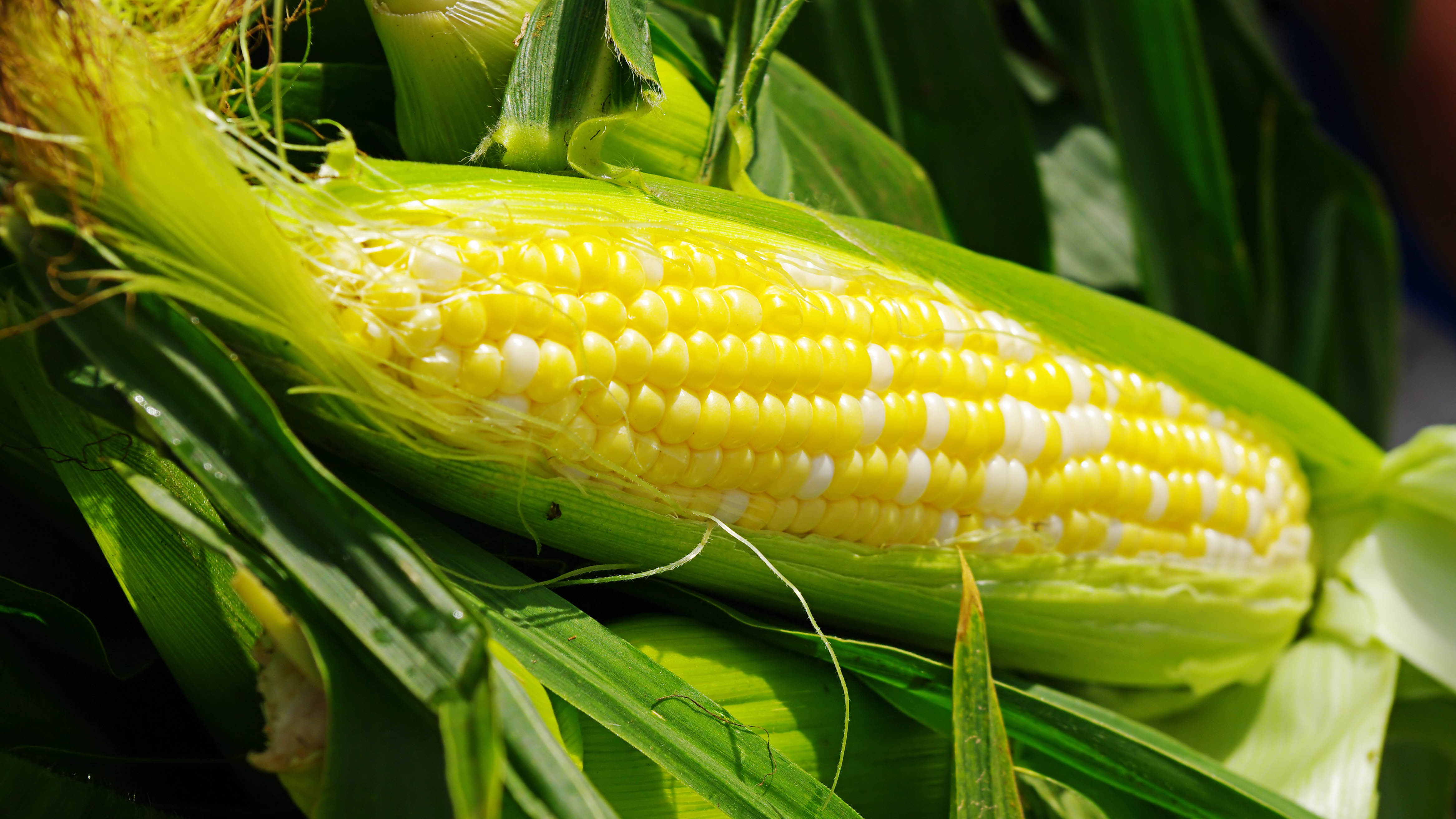
There’s an easy way to tell when sweetcorn is ready to pick. Palphramand says that the threads at the top turn brown and start drying out.
“A good way to check is to prick a kernel with your nail; if the juice is milky, it’s time to harvest,” he advises.
For flavorsome sweetcorn, it’s best picked early and eaten fresh.
8. Tomatoes

“Tomatoes are ready when they have a deep, even red colour all around,” says Palphramand. “They should feel firm but give a little when you gently squeeze them. If they’re still hard or mostly green, they need more time.
For the best flavor, he recommends harvesting them in the morning.
Good to know
Vasylchyshyna adds, “Tomatoes can continue ripening on a windowsill after being picked. This is especially useful if you’re expecting a frost or severe weather conditions like a hurricane or heavy downpour.”
9. Zucchini
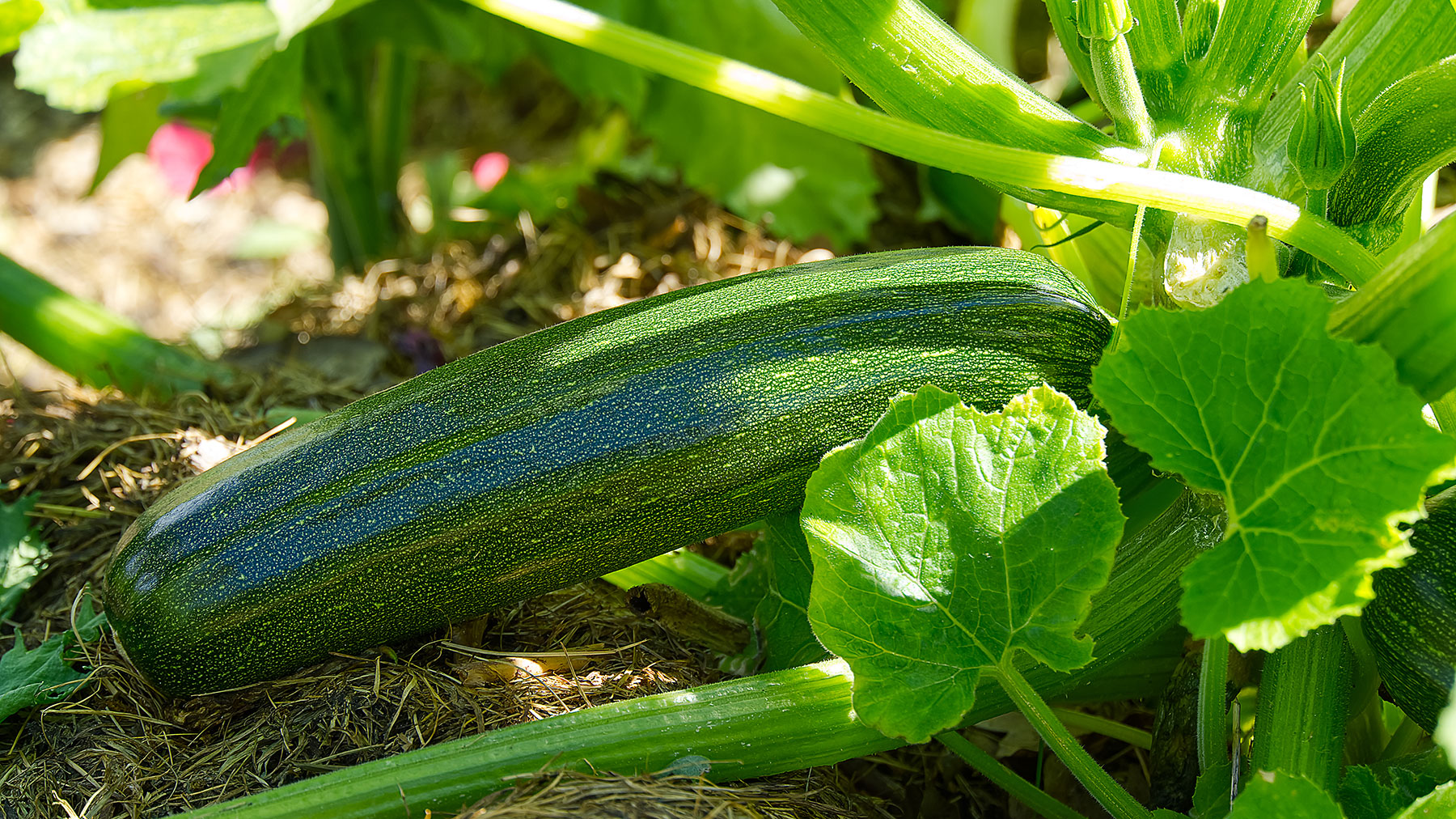
Zucchini are ready to pick when they are about four inches long. “If you leave them to grow bigger, they can get tough and full of seeds,” advises Palphramand.
Zucchini are fast growers, so check them regularly to ensure they don’t become overripe before you pick them. And, if you're lucky like me, you might get such a bumper zuchinni harvest so that your neighbors get to enjoy your harvest too.
Follow Tom's Guide on Google News to get our up-to-date news, how-tos, and reviews in your feeds. Make sure to click the Follow button.
More from Tom's Guide
- 7 vegetables to plant in September for a thriving fall veg patch
- 7 mistakes to avoid when growing vegetables
- 9 easiest vegetables to grow for beginners

Camilla is the Homes Staff Writer and covers everything to do with homes and gardens. She has a wealth of editorial experience, mounting over 30 years, and covers news and features, tests products for reviews and compiles buying guides.
Her work has appeared in business and consumer titles, including Ideal Home, Real Homes, House Beautiful, Homebuilding & Renovation, and Kitchen & Bathroom Business. She’s even appeared on the cover of Your Home, writing about her own house renovation.
Although she’s obsessed with decorating her home, she also enjoys baking and trying out the latest kitchen appliances. But when she’s not inside, you’ll find her pottering about in her yard, tending to her vegetable patch or taking in her prized hydrangeas.
You must confirm your public display name before commenting
Please logout and then login again, you will then be prompted to enter your display name.

